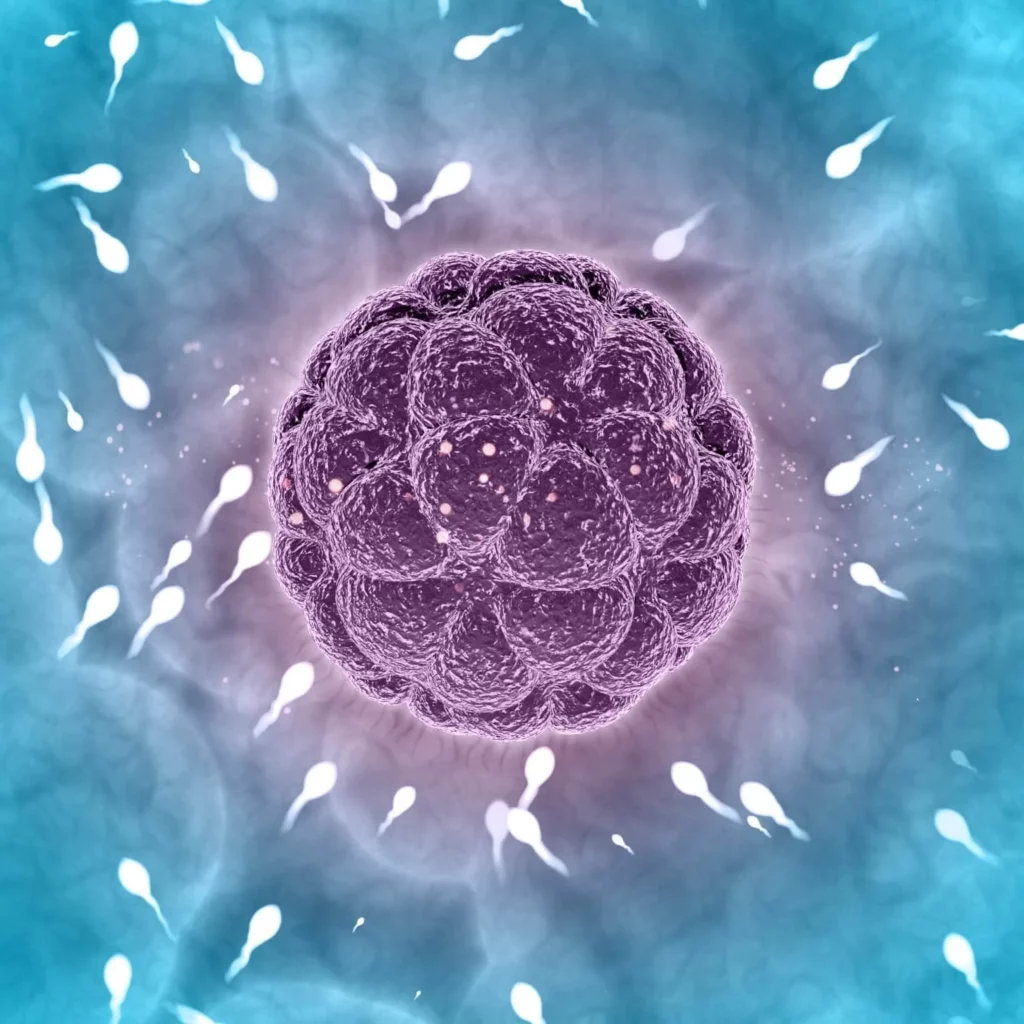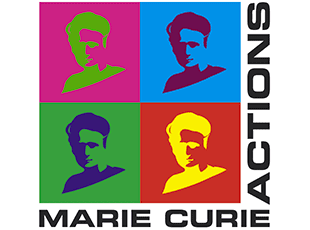A platform to engineer and optimize the behavior of biohybrid: Active Matter
Active matter is a new field of interest at the boundary between material science, chemistry, and cell biology.
A microfluidic platform will help study and characterize biohybrid active matter.
This project is completed now. If interested, feel free to contact us.
A platform to engineer and optimize behavior of biohybrid active matter: introduction

Active matter designates particles that show life-like features. They can be synthetic, biological, or a mix of both components.
These so-called micro- and nano-swimmers can convert the energy from their surroundings to propel themselves and react to external stimuli to reorient or create complex self-organized structures.
Studying active matter could lead to a better understanding of far-from-equilibrium physics and the dynamics at the origin of living organisms.
Many different propulsion mechanisms exist and are studied to reproduce the behavior of active matter.
Most of the time, it involves the catalytic degradation of a fuel (i.e., hydrogen peroxide) that creates a local electrolyte gradient that drives the particles.
Most of the time, it involves the catalytic degradation of a fuel (i.e., hydrogen peroxide) that creates a local electrolyte gradient that drives the particles.
In other systems, the propulsion is initiated by living cells, such as bacteria or sperm cells, that can be conjugated with inorganic particles.
In any case, many challenges remain before including these systems in real applications. For example, avoid the use of toxic fuels and increase the biocompatibility.
What is also lacking in most experiments is an external flow and boundaries around the particles that can affect the behavior of the active matter.
A platform to engineer and optimize behavior of biohybrid active matter: project description
Microfluidic systems are potent tools for performing flow and chemistry experiments. With its precise pressure controllers and flow sensors, we have the perfect setup to develop a microfluidic platform to study and characterize biohybrid active matter.

The microfluidic device will allow us to investigate the behavior of different types of biological microswimmers, i.e., various species of sperm cells, under flow conditions. Sperm cells’ motion is influenced by the topology of their surroundings and chemical, thermal, or viscosity gradients.
This project aims to take a step closer to real-life settings using active matter such as drug delivery, assisted reproduction techniques, sensors, etc.
This project has received funding from the European Union’s Horizon research and innovation program under the Marie Sklodowska-Curie grant agreement No 812780 (ActiveMatter project).
Researcher

Audrey Nsamela
PhD candidate Elvesys/Dresden University of Technology
- Master of Applied Science in Biomedical Engineering (Ecole Polytechnique Montreal, Canada)
- Master in Physics Engineering, oriented fundamental physics (Université Catholique de Louvain, Belgium)
- Bachelor in Engineering science, oriented applied physical chemistry and biomedical engineering (Université Catholique de Louvain, Belgium)
Areas of expertise:
Physics engineering, biomedical engineering, nanotechnology, surface functionalization, cell biology, immunoassay, in-vitro diagnostics, microfluidics, polymers.


